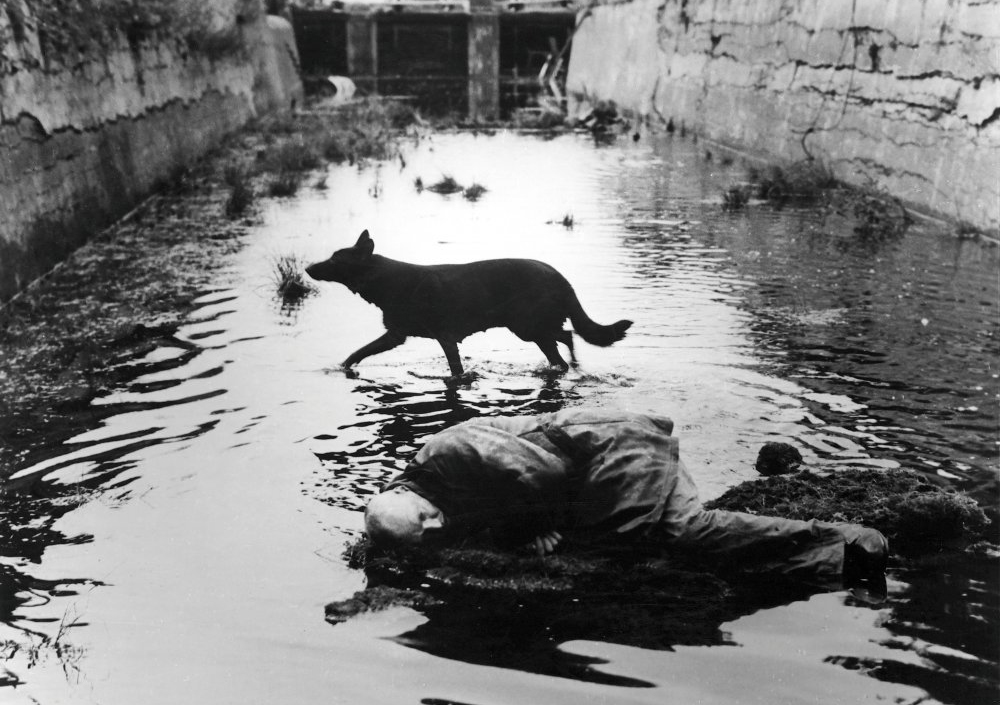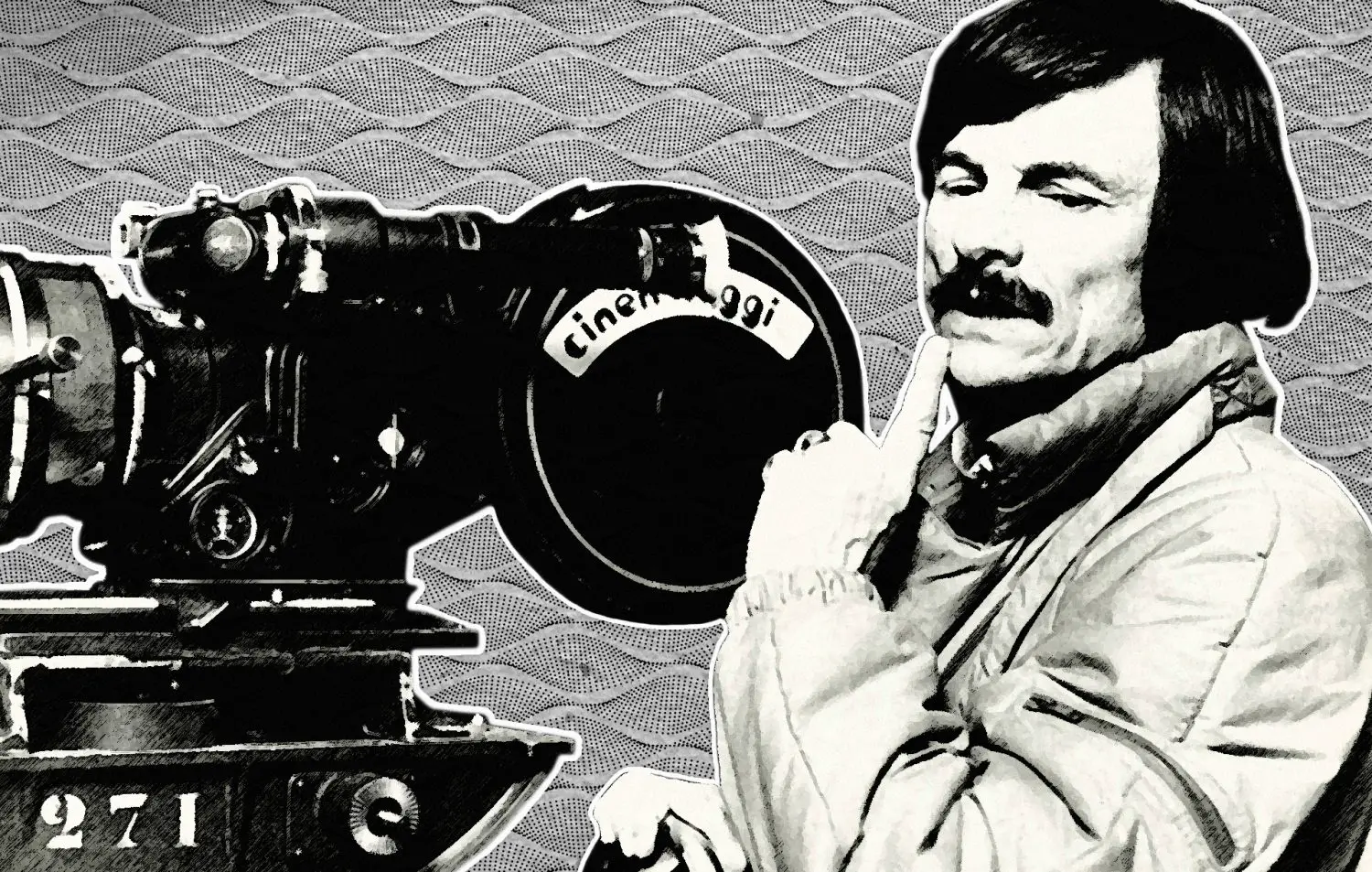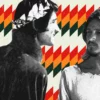“Juxtaposing a person with an environment that is boundless, collating him with a countless number of people passing by close to him and far away, relating a person to the whole world, that is the meaning of cinema.” – Tarkovsky
Andrei Tarkovsky is a prominent name in the world of unconventional cinema. Whether it is his film Ivan’s Childhood where he showcased a life and experiences of a boy during World War II, or Nostalghia where he dives into the life of a Russian writer who is struck by nostalgia for his homeland and longs for an inner home and self-acceptance. Tarkovsky explored a different dimension in art which was never traversed before by any artist especially in the world of Cinema. Tarkovsky was a visual poet who understood the art of surrealism. A visual artist who understood the essence of a moment. A visual craftsman who understood the gist of creativity. What made him different from his fellow filmmakers? It was his unconventional art in the form of subtle arrangement of colors, objects, and spaces. He used them very smartly; albeit, it begs to question how he can come up with such a wide range of evocative frames in his films.
Zen Buddhism and Science of Haiku
The answer probably lies in Zen Buddhism and Tarkovsky’s interest in its philosophy. Silence and slowness are two of the main attributes which we quite often see in his work. A major narrative of his characters circles around themes of loneliness, longing, sadness whereas the storyline is usually a superb blend of fact and fiction. Zen Buddhism inspired him and specifically the art of Haiku. According to him, “Haiku creates images in such a way that they mean nothing beyond themselves.” We guess that’s what he tried to achieve with his films. Each and every frame in his films were visual Haiku. Considered as a progenitor of slow cinema his films give prominence to minimalism – little or no narrative and long observational takes. Based on his interest in Haiku we can assume that’s why the widely recognized form of cinema which uses a rapid succession of montages was not his forte.
What exactly was Tarkovsky aiming for with this unusual art form? Maybe he was trying to show the viewers an insight into the importance of time or maybe an insight into the importance of a moment. How unique each moment is and how rapidly it changes. How surreal the visual plethora of life in present is and how unreal all the past and future seems to be. Self-Reflection is another major aspect and recurring theme in his films. The best way to enhance or bring attention to the present moment was done by using slow or extremely long takes. The viewers literally feel the passage of time and got an experience of observing the moment.
The great Filmmaker Ingmar Bergman said of Tarkovsky that for him he is the greatest, the one who invented a new language, true to the nature of film, as it captures life as a reflection, life as a dream!
Each and every frame in his films were visual Haiku. Considered as a progenitor of slow cinema his films give prominence to minimalism…

Painter of Moving Frames
If Tarkovsky used time in an unusual manner to showcase the importance, he was quite uncanny in using the colors too. For example, Andrei Rublev is one such film which was loosely based on one of the greatest medieval Russian painters, Andrei Rublev. The entire film is in monochrome whereas he shows colors only in the shot when Rublev’s authentic religious icon paintings are shown! That contrast definitely creates an “Aha! Moment” for viewers. Also in his film Stalker he showed major sequences in sepia color tone whereas the entire film was in color. However, he was skeptical of using color in his film. Regarding that he had a different theory, which again is rooted in the usage of attention and observation in life. He said in everyday life one does not consciously notice colors most of the time, and that color should therefore be used in film mainly to emphasize certain moments, but not all the time, as this distracts the viewer.
We can sum up his entire technique of filmmaking in three words which is ‘sculpting in time.’ The unorthodox spaces he tried to display in his films were kind of dingy and weird sometimes, however, his inspiration could have been not only from the external world but also from his own unconscious dream world. Again, dreams were another constant recurring phenomena in his films too.
Attention, Inspiration, and Influence?
Each filmmaker has a different set of motives and ideas behind his work. Stanley Kubrick used inner struggle as a major narrative in his films and used the colors, spaces, and unique storylines to enhance the impact. On the other hand, Tarkovsky had an altogether different motive and had different roots behind his work. In this current time will the audience be able to accept artwork of Tarkovsky, which is rather unusual for their taste? Today the world is fast, and in this turmoil where we have shorter and shorter attention spans, will the subtle, slow and steady frames of Tarkovsky be truly appreciated?
…in this turmoil where we have shorter and shorter attention spans, will the subtle, slow and steady frames of Tarkovsky be truly appreciated?
To answer that we can look into Alejandro G. Iñárritu’s film The Revenant. It won an Oscar for Iñárritu and anyone acquainted with Tarkovsky’s work can easily tell that the entire film, in terms of visuals, was heavily influenced and contained an amalgamation of Tarkovsky’s old films! Thus it seems all is not lost and Tarkovsky’s legacy will forever be remembered!




